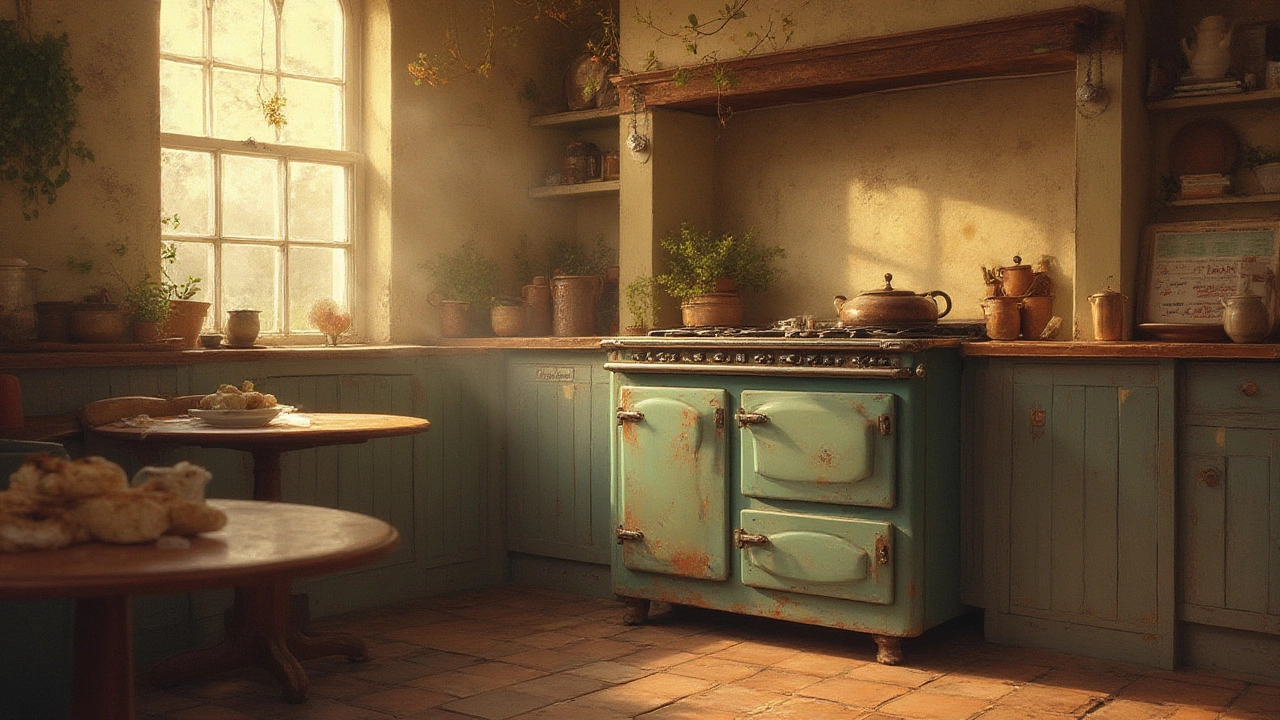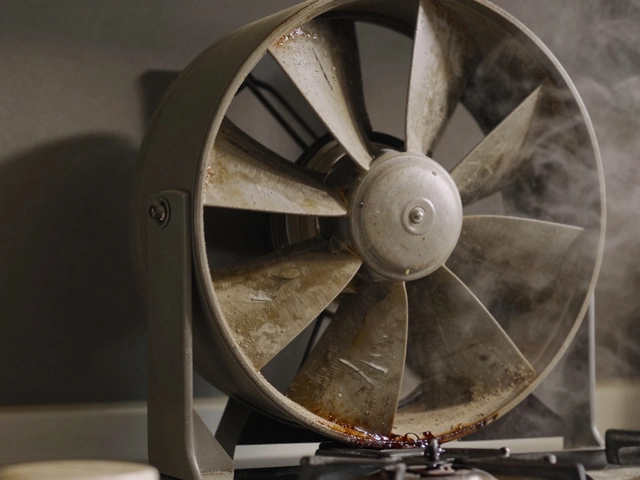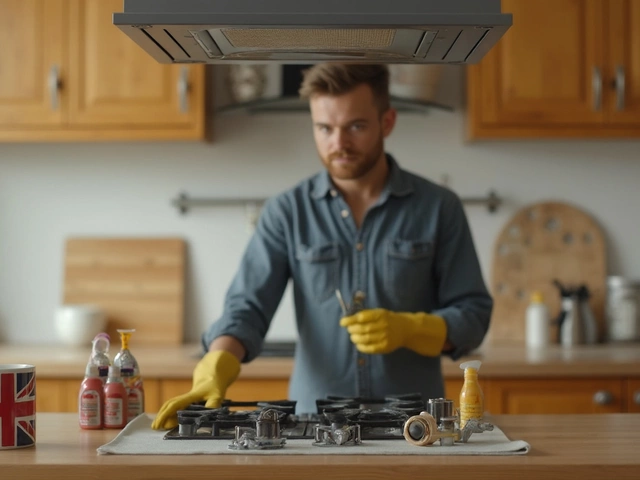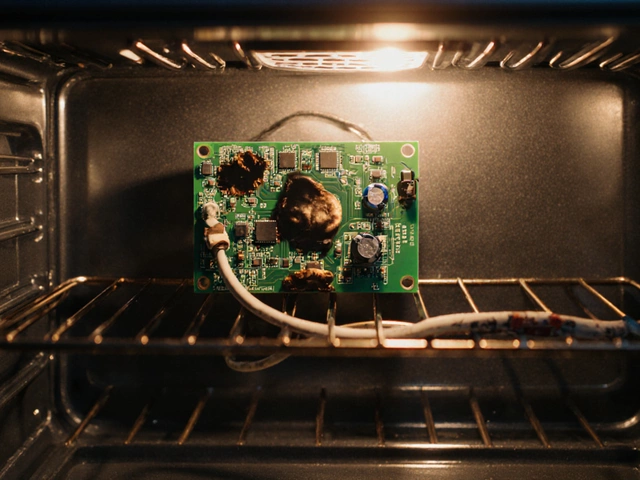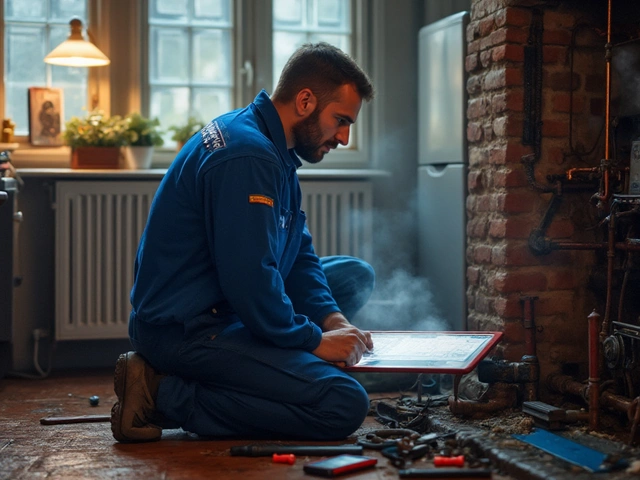Ever wondered if your trusty range oven might quit just before Thanksgiving dinner? You’re not alone. People install ovens hoping they’ll stick around for decades, but is that a bet you can win? Ovens work hard, face daily heat and spills, and get little love in between. Eventually, every oven hits the end of its run, and knowing when that’s coming saves you a ton of stress, money, and last-minute pizza orders when you discover yours has baked its last pie. Let’s dig into the facts—no sugarcoating, just the real deal on how long a range oven lasts, what helps or kills it faster, and how to keep yours going strong.
How Long Do Range Ovens Usually Last?
If you look up the average life expectancy for a household range oven, you’ll see numbers everywhere from 10 to 20 years, that’s a huge window. Most brands (like GE, Whirlpool, Samsung) design ovens to last about 13 to 17 years with regular use and basic maintenance. Gas ovens lean longer—maybe up to 17 years—while electric models tend to tap out closer to 13. It’s not just the heating element that decides the expiration date; things like electronic controls, door gaskets, and burners can give out and drag the whole oven down earlier than expected.
If you’re handy and love fixing stuff, you might get closer to two decades. But for the average household, expecting 15 years is realistic. And don’t bet too hard on a new oven beating that. Many repair pros say older models from the 90s and early 2000s were built tougher—thicker insulation, sturdier wiring, and fewer electronics to fail. Ovens manufactured after 2015 often use thinner metals, more computer controls, and cheaper parts to keep upfront prices low. So ironically, the fancier models sometimes retire sooner.
Another curveball? How you use the oven really matters. Turning it on and off constantly, spilling food and never cleaning inside, yanking the door open hard, or running the self-cleaning mode too much (it gets crazy-hot) can all take years off its life. Families who love home cooking and bake daily will probably replace theirs before someone who only uses it for frozen pizza. Here’s a breakdown of typical durability for each type:
| Oven Type | Average Lifespan (years) |
|---|---|
| Gas Range Oven | 15–17 |
| Electric Range Oven | 13–15 |
| Dual Fuel | 13–15 |
| Wall Oven | 13–16 |
If yours is pushing past its teenage years and you’re not sure how much longer it’s got, pay attention to weird noises, uneven heating, or controls that glitch. Sometimes it’s cheaper to fix, but at a certain point, the costs stack up and a new oven just makes sense.
What Wears Out a Range Oven?
It’s tempting to think an oven just dies from old age, but let’s get real: use, abuse, and even neglect can kill an oven faster than the calendar ever will. Mechanical parts wear down, sure, but spills from bubbly cheese and drips from casseroles can sneak into crevices, mess with the insulation, and even short out electronics. Oven doors slammed too hard knock the hinges out of alignment, and that can let hot air escape, forcing the oven to use more energy just to barely keep up. You can almost hear the oven groaning in protest.
Overuse of the self-cleaning feature is another silent killer. Sure, it sounds awesome—no scrubbing, just a push of a button. But the truth is, self-clean cycles crank the temperature up to nearly 900°F (over 480°C), which can fry sensitive wiring, melt insulation, and wreck door gaskets. Some techs even say they make more money fixing post-clean cycle problems than repairs from actual heavy baking. That’s not saying self-cleaning is off limits, but try not to run it more than once or twice a year.
Humidity plays a role, too. Live in a place with high moisture? That encourages rust, especially on cheaper oven brands or if you forget to wipe up spills. Hard water kicking up from a steam function (if you have it) can clog components with mineral deposits.
Just cooking the wrong way takes a toll. Use the oven with warped or braced racks, and you risk bending the interior. Cram an oversized casserole dish in, keep smashing the door closed, or wedge pans in at awkward angles, and things start shifting out of place. One bad habit almost everyone’s guilty of: storing pans and trays in the oven. Every time you preheat, all those extra pans heat up and put stress on racks, insulation, and bake elements. Yep, I do it, too. Guilty as charged.
Little quirks stack up. Maybe your broiler runs hot and you ignore it, hoping food finishes faster. Over time, the broiler element can warp, crack, or even stop working. A leaky door gasket? That snowballs into slow preheating and uneven cooking, but also makes the oven’s internal parts cook themselves, shortening lifespan. Then there’s the power surges that can zap circuit boards—those are usually one-way tickets to Fail Town.
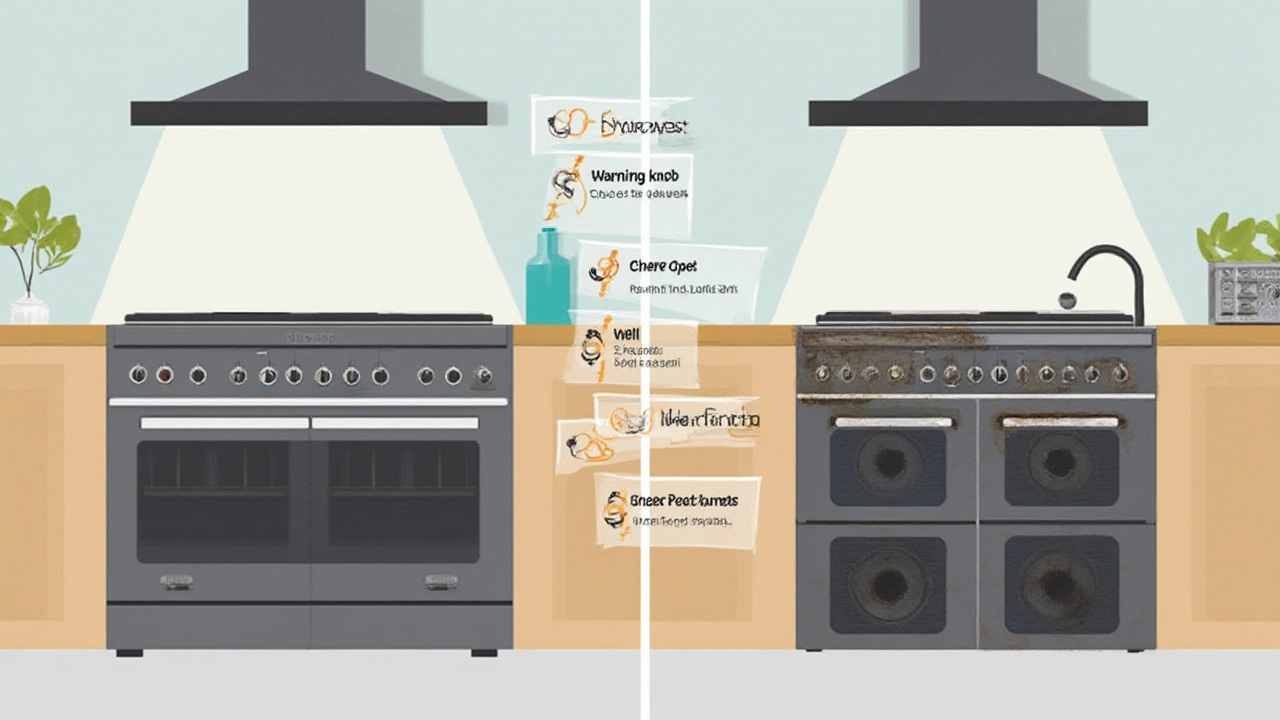
How to Know When Your Range Oven Is Dying
Your oven probably won’t burst into flames, but it will leave warnings. First hint? Food doesn’t bake like it used to. If the bottom of your pizza burns while the cheese is barely melted, or cookies are half raw on one side, something’s off. Odd smells—think plastic, burnt wire, or gas (for gas models)—are big red flags. Frequent error codes on digital panels, random beeping, and unpredictable temperature swings are all classic signs the control board is going south.
Look at the outside. Is the door loose, sagging, or not sealing well? Grab a flashlight and check for warping on the racks, loose or corroded hinges, or stains coming from seams in the body—sometimes a clue that insulation has broken down, or something is leaking inside. Unusual noises like popping, buzzing, or clicking that you never heard before can mean heating elements or relays are giving up. On gas models, anything less than a sharp blue flame coming from the burner (if you see constant yellow or orange) needs attention.
Don’t forget the fancy stuff: convection fans, delayed starts, and temperature probes can all glitch out as electronics wear down. If you can no longer rely on the timer, display, or preheat warnings, it may be a dying brain behind the scenes. Another old-school warning: if you see heavy rust on the bottom, especially near the heating element, that’s often game over. Damage sometimes hides in spots you never check, but spreading rust kills ovens every year.
Servicing can help in the early stages—swap out a worn heating element, gasket, or sensor, and your oven might bounce back. But if you start stacking up repair bills or have cycles where something’s always wrong, it’s time to do the math: the two-thirds rule. If repairs top two-thirds the price of a new oven, you’re better off buying new. It’s also worth asking yourself: am I putting good money after bad, just to avoid shopping?
Easy Ways to Extend Your Oven’s Lifespan
Here’s the upside: with a bit of attention, you can stretch your oven’s years and save cash. It’s really not that hard. First, stay on top of cleaning. Skip harsh scrubbing that scratches enamel, but get crumbs, baked-on sauces, and greasy messes cleaned up soon after the oven cools. Try a paste of baking soda and water for stubborn spots. Avoid sprays or foaming cleaners if your oven has a self-clean mode—they sometimes damage the liner. For door glass, homemade solutions like vinegar and a soft cloth keep your view clear without streaks.
Don’t slam the oven door. Keep the door gasket clean, and check every year for rips or gaps—it’s way cheaper to swap a gasket than fix heat-damaged innards. If you have racks you rarely use, take them out before self-cleaning; those high temps can warp metal. And unless absolutely needed, limit self-clean cycles. Use them in spring and fall if you host holiday dinners, but not more.
Invest a few dollars in a simple oven thermometer. Even name-brand ovens drift off by 10 to 25 degrees over time, making you cook at the wrong temperature and possibly overtax the heating elements. If yours is off, recalibrating the thermostat (check the manual) might be easier than you think. Power surges are sneaky threats, so adding a surge protector to your kitchen outlets can mean one less thing zapping your oven’s brain. Not every home has perfect wiring, especially in older houses.
For gas ovens, once a year, check the flame color and burner holes for clogs. If you spot yellow tips or food debris, turn off the gas and gently clean with a toothbrush. And look out for funky smells. If you smell gas, that’s a plumber’s job—don’t mess with gas leaks.
When something breaks, fix it quick instead of forcing it. A wobbly knob, broken latch, or glitchy clock can turn into bigger repairs down the line. Get replacement parts yourself from reputable suppliers if you’re handy, or call a pro for tricky stuff. Proactive repairs keep little issues from destroying the oven’s heart.

When It’s Time to Replace Your Range Oven
Even with the best TLC, every oven reaches the day it’s not worth saving. You’ll know it when you notice repairs become a monthly habit, whether that’s a burner won’t light, the digital panel coughs up new error codes all the time, or temperatures are so unpredictable you need thermometers in every corner. Sometimes, it’s not a dramatic breakdown at all—just a sense your cooking takes longer, food tastes different, or the oven never seems hot enough anymore.
If you own a model that’s over 15 years old, you might notice it lacks insulation, costing you more on energy bills. Some old ovens lose up to 30% efficiency as parts degrade. It’s tempting to keep pushing for just one more year, but don’t forget new ranges offer features you might not even know about (air fry, built-in WiFi diagnostics, proofing modes for bread, smarter convection fans). Plus, many utility companies offer rebates or haul-away programs if you upgrade to an Energy Star oven—a small cut to the replacement cost.
Sometimes kitchen renovations force your hand. If you change countertops or cabinets, it may be impossible to fit the old oven back in. Or maybe you want induction or dual-fuel options. Here’s a good test: if your oven no longer fits your life, is a constant stress, or makes you dread baking, stop suffering. Plan the switch before a big family event, not during. If you wonder whether it’s time, it probably is. You’re not failing; the oven just finished its run. When you bring home the new model, that first whiff of cookies is a reward worth the upgrade.
